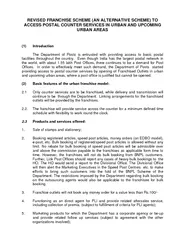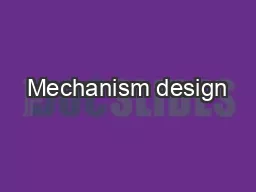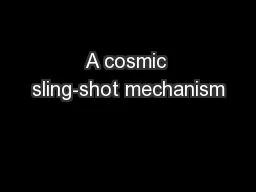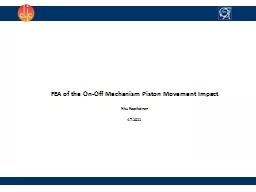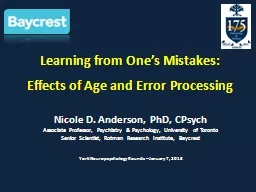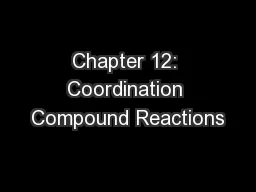PPT-Chapter 4 Besides providing the mechanism
Author : summer | Published Date : 2022-06-18
for safe and convenient delivery of accurate dosage dosage forms are needed for additional reasons 1 To protect drug from destructive influences of atmospheric
Presentation Embed Code
Download Presentation
Download Presentation The PPT/PDF document "Chapter 4 Besides providing the mechanis..." is the property of its rightful owner. Permission is granted to download and print the materials on this website for personal, non-commercial use only, and to display it on your personal computer provided you do not modify the materials and that you retain all copyright notices contained in the materials. By downloading content from our website, you accept the terms of this agreement.
Chapter 4 Besides providing the mechanism: Transcript
Download Rules Of Document
"Chapter 4 Besides providing the mechanism"The content belongs to its owner. You may download and print it for personal use, without modification, and keep all copyright notices. By downloading, you agree to these terms.
Related Documents


